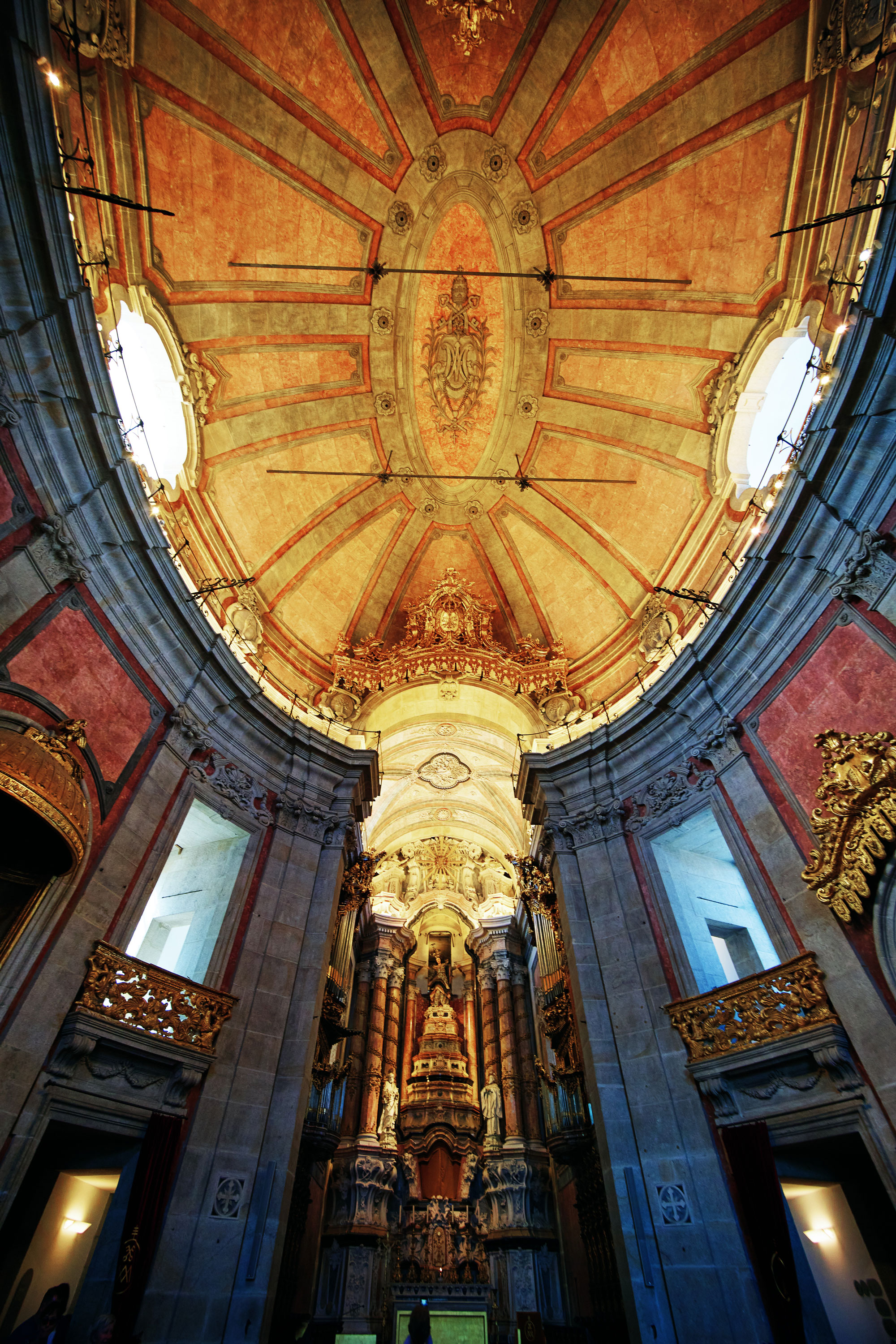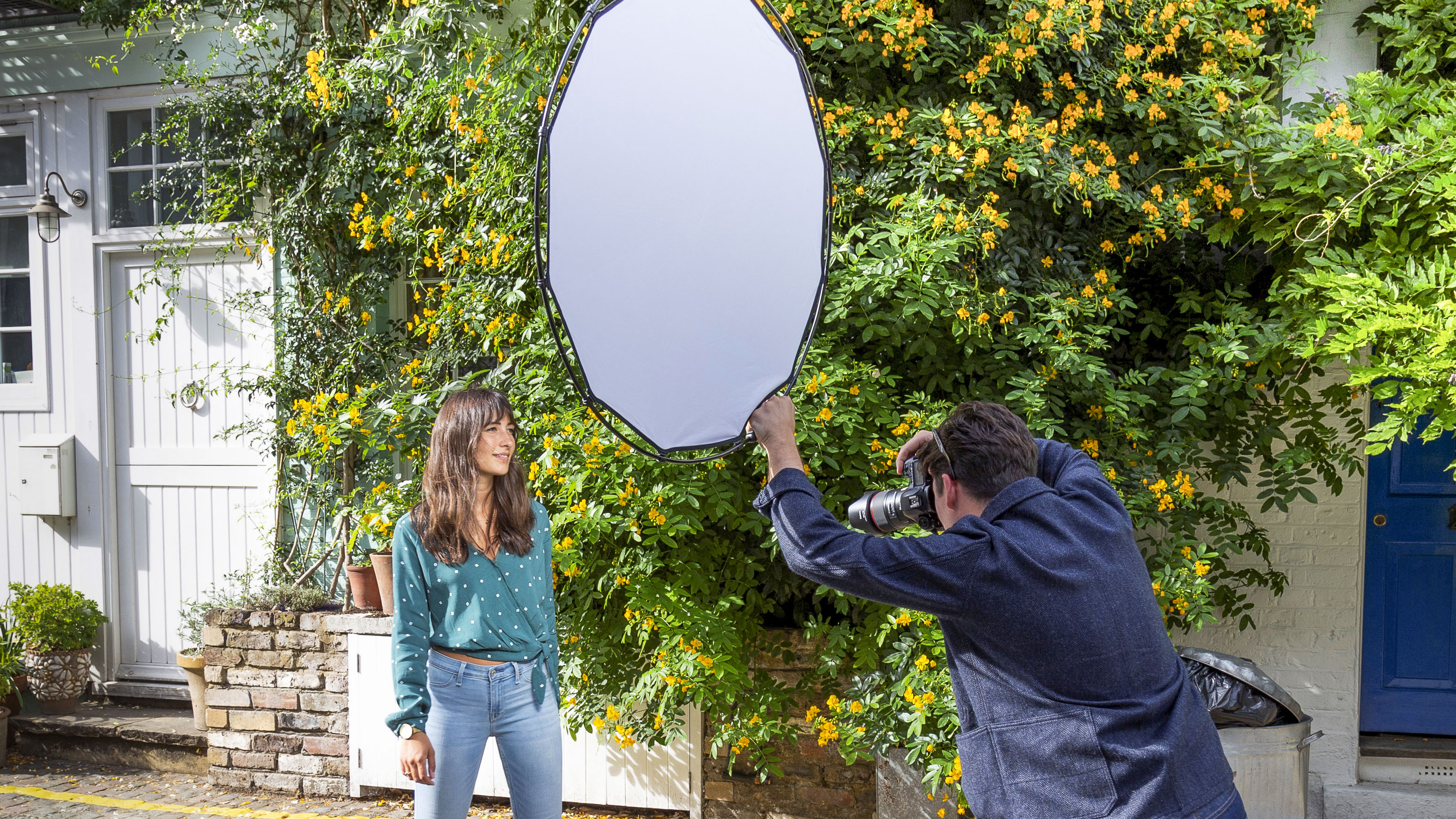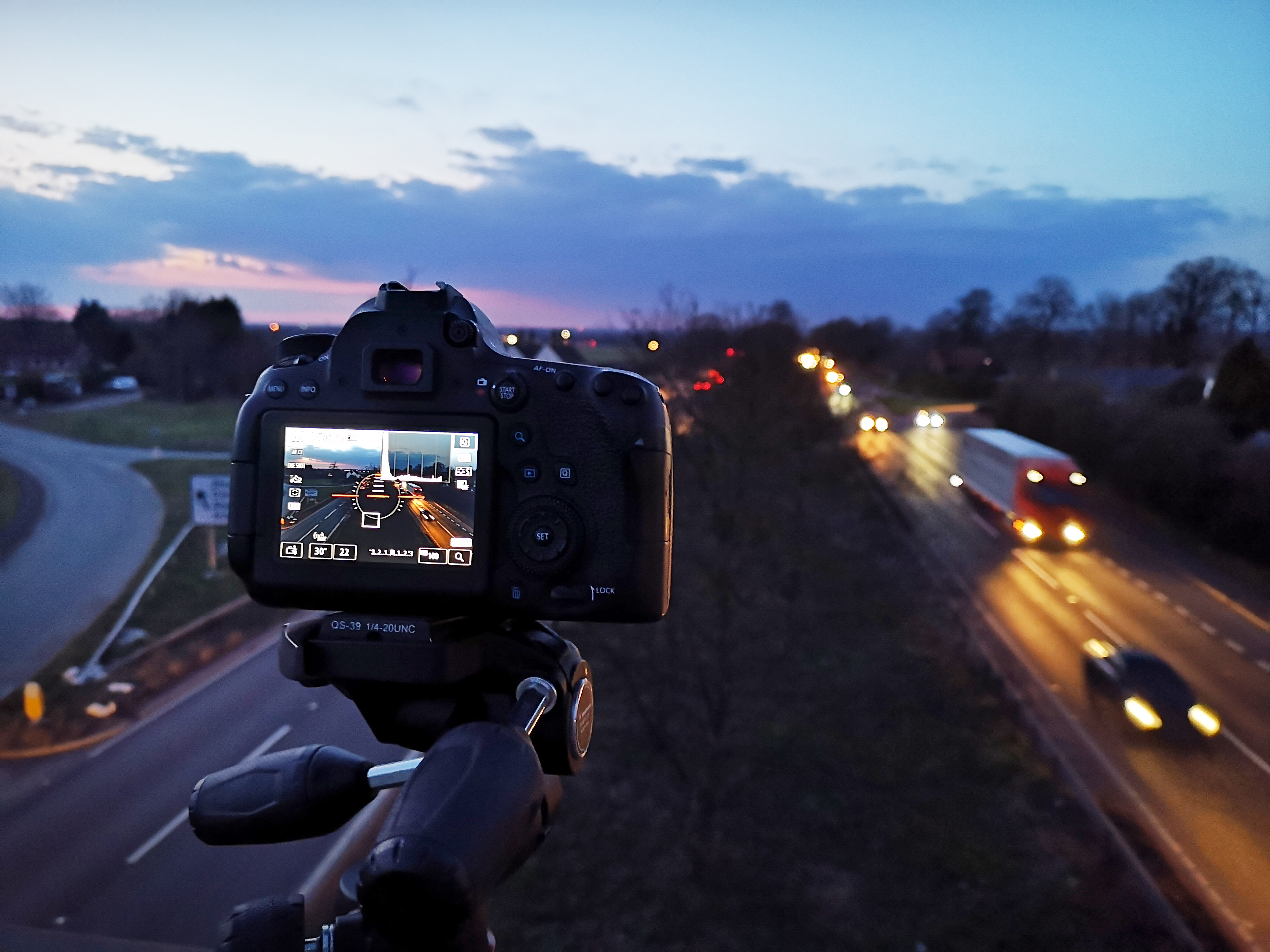
Quite literally, photography means ‘drawing with light’ and if you break the process down, you never take a shot of a scene or subject – you only photograph the light reflecting off it! With this in mind, it’s worth thinking about the nature of the light bouncing off your chosen target: what is its source, and is it natural or artificial?
Clearly, any light that’s ‘natural’ has only one source – the ball of gas 93 million miles away known as the sun – though this can provide very different qualities of light depending on its angle and position in the sky, and whether it is obscured by clouds, or reflected off other surfaces.
The daylight emitted by the sun provides a vast range of different colour temperatures between dawn and dusk, but at midday, when it’s at its highest point in the sky, the colour temperature is approximately 5500 degrees Kelvin. If you set your camera’s White Balance to ‘Daylight’ that’s the colour temperature that will be set.
Ambient light sources

But there may be other artificial light sources in the frame, or reflected off items within the frame. For example, you may be shooting an interior scene with natural light coming in through the windows, and in-situ fluorescent or tungsten lighting picking out details.
In this case, you have three different colour temperatures in the same shot, and because a single frame can only be captured at a single colour temperature setting, you have to decide which white balance to use, and let the different light sources add their own local colour casts.
Even though you have mixed lighting in such a scene, the term ‘ambient lighting’ is still used to describe whatever is there. If the lights are off, and you just have daylight streaming in through the windows, then that is the ambient lighting. If the lights are on and you have a mixture of tungsten, fluorescent light and daylight, then that combination is the ambient lighting. If you’ve been there so long that night has fallen and you just have the artificial light left to illuminate the scene, then that is the ambient lighting.
Basically, 'ambient light' is the light that's already there in the scene before you add any of your own.
Ambient lighting is essentially what is there – the state of the illumination falling on the scene or subject. If you choose to do anything to modify this existing light, to change the way the light interacts with the scene, then you are no longer using ambient light, but are adding something to it.
Get the Digital Camera World Newsletter
The best camera deals, reviews, product advice, and unmissable photography news, direct to your inbox!
This may mean redirecting it with the use of a reflector – to bounce some of the ambient light in a different direction (though some might still call this ambient light) – or augmenting it with another light source that wasn’t part of the ambient illumination.
This could be anything from using a small torch to pick out a detail to a powerful flashgun to blast the whole scene with extra light, but by changing what’s there or adding more light to accomplish your photographic goal, you are no longer using solely ambient light.
The appeal of ambient light

The key thing to understand is that ambient light is what is falling on the scene – and usually the very thing that attracted your eye to it in the first place. Some photographers only use ambient light for that very reason, but most like to control it to a degree to get the effect they desire.
Landscape photographers – whether they’re shooting a scenic shot in the countryside or taking a cityscape at night – seldom use anything other than ambient light. Portrait photographers, on the other hand, may augment the ambient light with a flashgun or sculpt it with a reflector, or may control the lighting completely by using a lighting kit to replace any ambient lighting to control the lighting and the mood precisely.
Read more:
• DCW Dictionary of photography
• Best cameras for low light
• Best reflectors
• Best flashguns
• Best lighting kits
Jon started out as a film-maker, working as a cameraman and video editor before becoming a writer/director. He made corporate & broadcast programmes in the UK and Middle East, and also composed music, writing for TV, radio and cinema. Jon worked as a photographer and journalist alongside this, and took his video skills into magazine publishing, where he edited the Digital Photo magazine for over 15 years. He is an expert in photo editing, video making and camera techniques.

